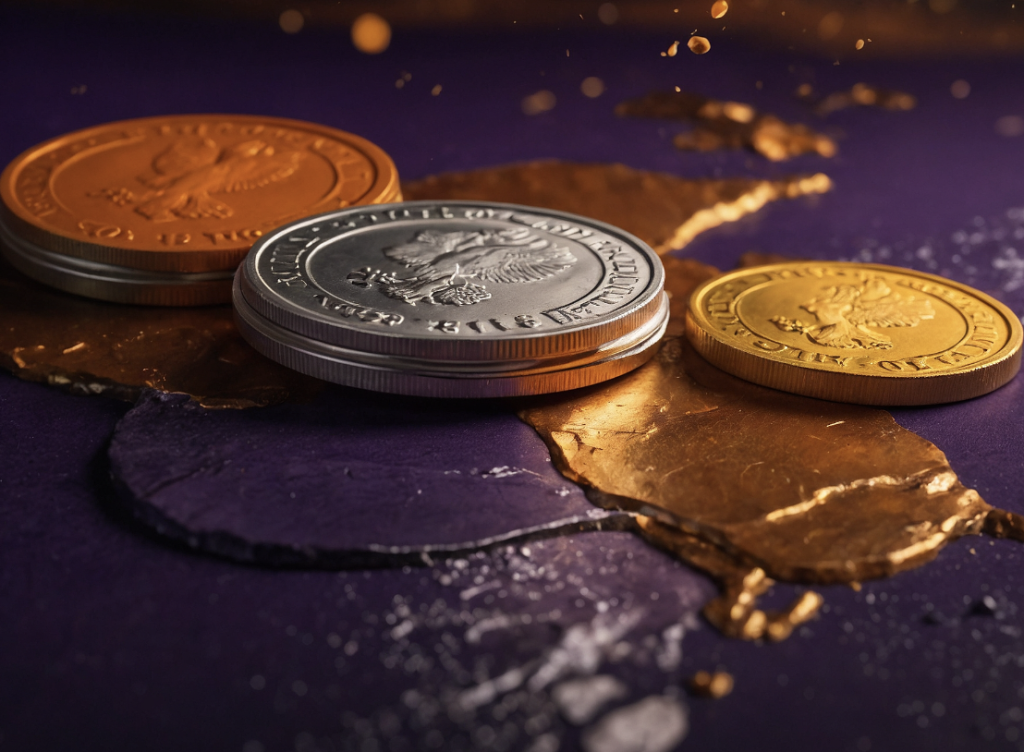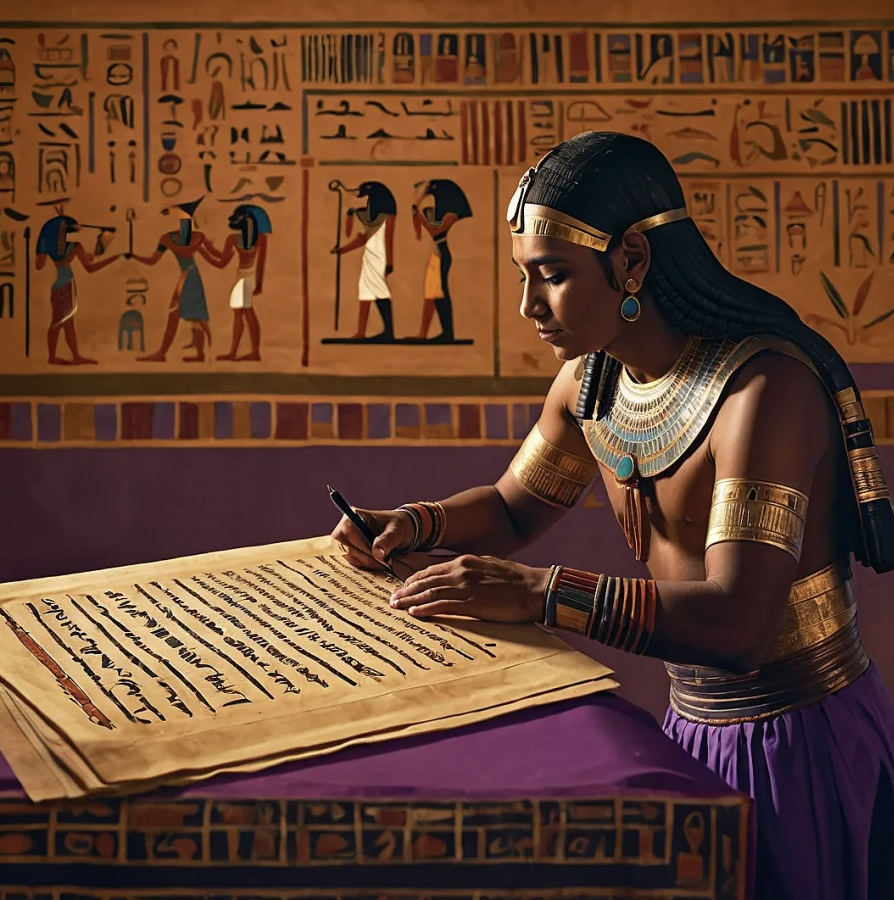
While the prospect of minting your NFT, having it on the Blockchain, and eventually profiting from it sounds great on paper, we have to remember that there’s no guarantee that any NFT will sell in the first 24 hours, especially if it had no marketing beforehand.
Spending so much without any guarantee of a return on investment doesn’t sound appealing after a while.
So, how does the process work, and can you mint an NFT for free?
Minting Your NFT
Minting an NFT costs crypto, as the NFTs have to be gassed in order for them to be inscribed in the Blockchain, using smart contracts to achieve this.
Just one NFT might not cost more than a couple bucks, but minting a whole collection can be incredibly expensive, considering how some collections can include up to hundreds of thousands of pieces.
The site fees can also make minting the whole collection a discouraging affair more than something affordable and fun. On top of that,
Mint an NFT
NFTs are minted on blockchain platforms, which provide the infrastructure for creating, buying, and selling NFTs. Popular blockchain platforms for NFTs include Ethereum, Binance Smart Chain, and Polygon. Each platform has its own features and costs, so research to find the one that best suits your needs. Ethereum is the most widely used for NFTs but can have higher transaction fees.
So, wait. Does that mean that you always have to pay to mint NFTs?
Not exactly.
Can You Mint an NFT Without Paying For Gas?
The world of NFTs offers exciting opportunities for creators, but one common hurdle is the cost of gas fees associated with minting NFTs on blockchain platforms. Gas fees are essentially the transaction costs paid to blockchain validators to include your transaction in the blockchain. For many creators, especially those just starting out, these fees can be prohibitively expensive. However, there’s a solution that allows you to mint NFTs without paying for gas upfront: lazy minting.
Lazy minting is an innovative approach that shifts the cost of minting NFTs from the creator to the buyer. Instead of minting an NFT immediately and paying the gas fee, the NFT is only minted when someone decides to purchase it. This method allows creators to list their digital assets on an NFT marketplace without incurring upfront costs, making it more accessible for artists and creators who might be hesitant to invest in gas fees.
Now, lazy minting comes with its own set of pros and cons:
Advantages of Lazy Minting
- Cost-Effective: Creators don’t have to pay gas fees upfront, making it financially accessible to list and sell NFTs.
- Risk Mitigation: Since the NFT is only minted upon purchase, creators avoid the risk of paying gas fees for NFTs that may not sell.
- Accessibility: Lowering the financial barrier encourages more artists and creators to enter the NFT space, fostering greater diversity and innovation.
Considerations and Limitations
- Marketplaces: Not all NFT marketplaces support lazy minting, so creators need to choose platforms that offer this feature.
- Buyer’s Perspective: The cost of gas fees is transferred to the buyer, which may affect their willingness to purchase, especially during times of high network congestion when gas fees can be substantial.
- Blockchain: The specific blockchain used can impact the feasibility and cost of lazy minting. Some blockchains have higher gas fees than others, which can influence both creators’ and buyers’ decisions.
Which is the Best Platform for Minting NFT?
OpenSea is known as one of the best platforms for minting NFTs without paying gas fees. They have an in-built sales process that allows people to build and list their NFTs, saving money on fees by overriding them with the profit made from sales in the first place.
OpenSea has a secure login system, so your information is protected from the get-go when you log into their site. The interface is beginner-friendly enough for anyone to jump in and mint their NFT.
And if that weren’t enough, OpenSea is a dependable company with investments from many big brands and corporations that are making the shift to the world of NFTs. That means their gas fees are lower because of their financial backing.
Minting is the process of creating and registering your NFT on the blockchain. Here’s a step-by-step breakdown:
- Upload Your Digital Asset: On your chosen NFT platform or marketplace (such as OpenSea, Rarible, or Mintable), upload your digital file.
- Add Metadata: Provide detailed information about your NFT, including title, description, and any other relevant data. This metadata helps potential buyers understand the value of your NFT.
- Set Up Smart Contracts: Smart contracts define the rules for your NFT, including royalties for future sales. Customize your contract settings based on how you want your NFT to be managed.
- Mint the NFT: Confirm and pay the minting fee. Once the process is complete, your NFT will be live on the blockchain and available for purchase or trade.
If you want to go through the lazy minting process instead, here are the steps to follow:
- Create and List Your Digital Asset: As a creator, you upload your digital file (artwork, music, etc.) to an NFT marketplace that supports lazy minting, such as OpenSea or Rarible. You provide all the necessary metadata, such as title, description, and any additional details.
- Generate Metadata and Token URI: Instead of immediately minting the NFT on the blockchain, the marketplace generates metadata and a token URI (Uniform Resource Identifier) that represents your NFT. This data is stored off-chain, meaning it’s not yet registered on the blockchain, thus avoiding gas fees.
- List for Sale: You list your NFT for sale on the marketplace. Potential buyers can browse and view your digital asset as they would with any other NFT, but the actual minting hasn’t occurred yet.
- Mint on Purchase: When a buyer decides to purchase your NFT, the minting process is triggered. At this point, the buyer pays the gas fee to mint the NFT on the blockchain, effectively transferring ownership from you to the buyer.
- Complete the Sale: Once the minting is complete, the NFT is registered on the blockchain, and ownership is transferred to the buyer. You receive the payment for your NFT minus any marketplace fees.
As complicated as it might seem as a glance, the process is much more intuitive when you’re doing it live. You’ll probably spend more time creating and configuring a FaceBook account than minting an NFT.
So, after you’re done minting, what’s next?
Share Your NFT Collection
Creating an NFT collection is only half the battle; you also need to promote it. Leverage social media, engage with communities, and use marketing strategies to build awareness and attract potential buyers. Share your collection on platforms like Twitter, Instagram, and NFT-specific forums to reach a broader audience.
After your NFTs are minted, keep track of their performance. Monitor sales, engage with buyers, and make adjustments to your strategy as needed. Staying active in the NFT community can help you stay informed about trends and opportunities.
The bottom line
Lazy minting is a game-changer for creators looking to enter the NFT market without the burden of upfront gas fees. By allowing NFTs to be minted only upon purchase, this method democratizes access to the NFT space, encouraging more creativity and innovation. If you’re a creator hesitant about the costs associated with minting NFTs, lazy minting offers a viable and cost-effective solution.



